EXPERTISE
Renovation cost database
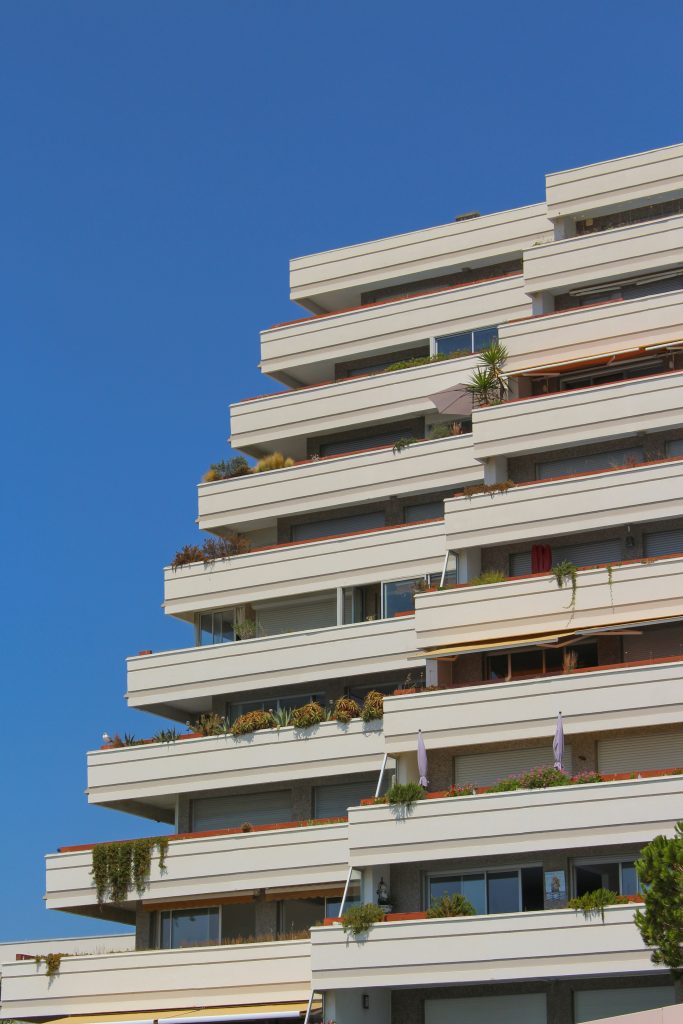
A professional and exhaustive database
Fast, easy data entry
A model of the building reduced to 10 basic metric values and a standardised assessment of the degradation of the building, broken down into 50 architectural and technical elements, the state of which is assessed according to 4 standardised states of degradation
A well-defined budget in the preliminary phase
Architecture of the EPIQR+ method
EPIQR+ has a simple three-level hierarchical classification to offer a clear and sensible interface. As a result, reports are easy to read and accessible to all parties involved in the renovation process, without compromising on cost accuracy nor on the documentation of the detailed renovation work.
- The structure of the building is classified into 10 groups to give an overall view of the diagnosis
- These groups are broken down into 50 elements, corresponding to components or chains of components which all provide the same functional unit.
- Some elements have been divided into several types to cater for all types of buildings and building uses.
- Coming soon: cost classification by eCCC-bat and CFC
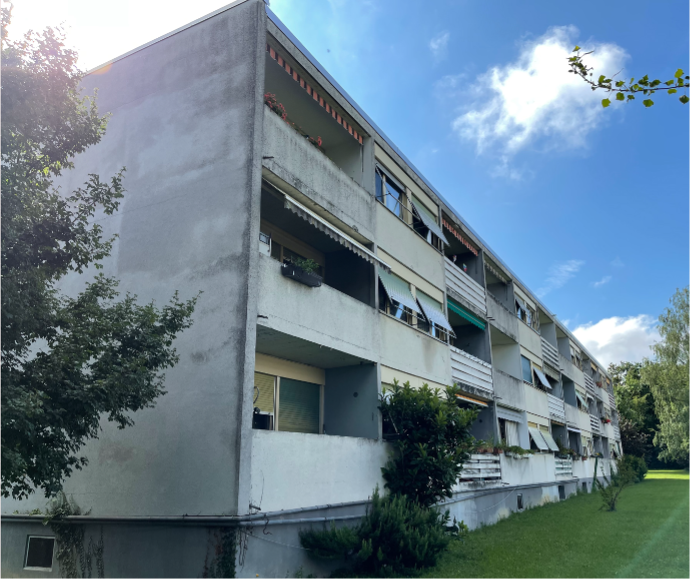
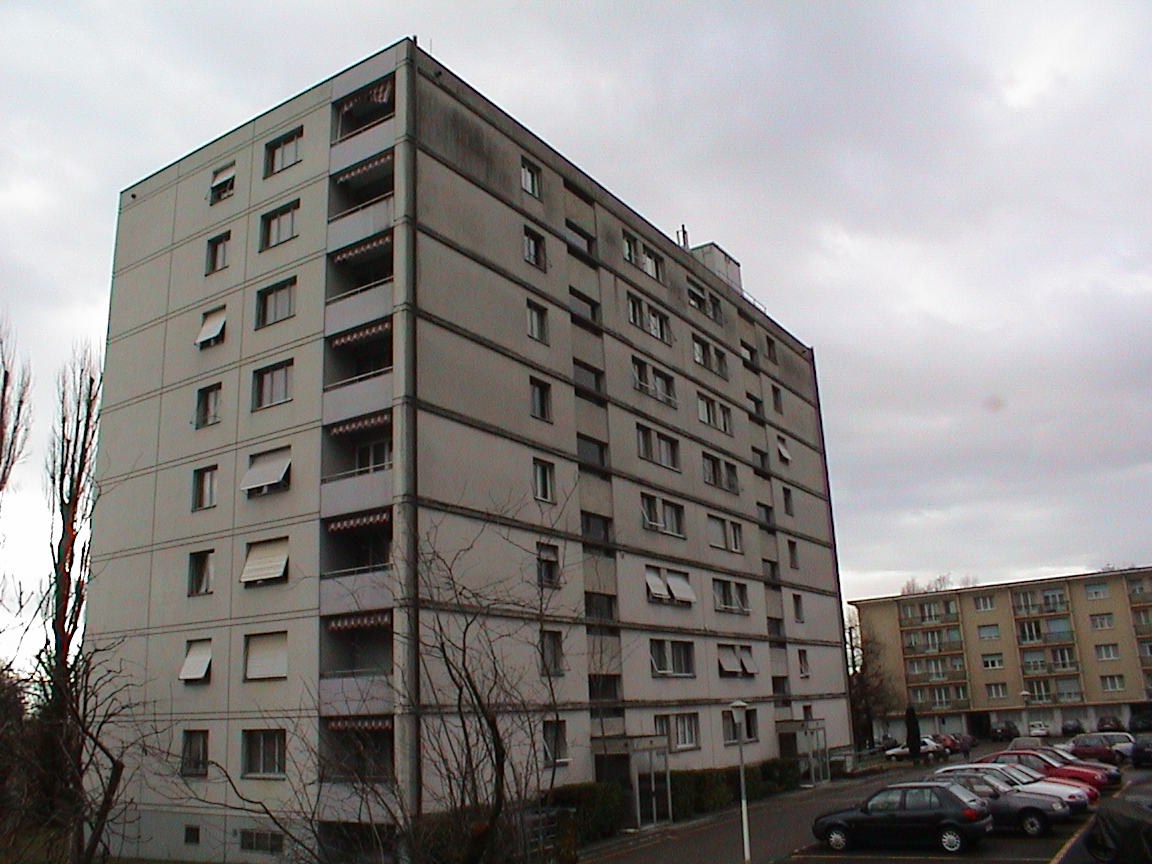
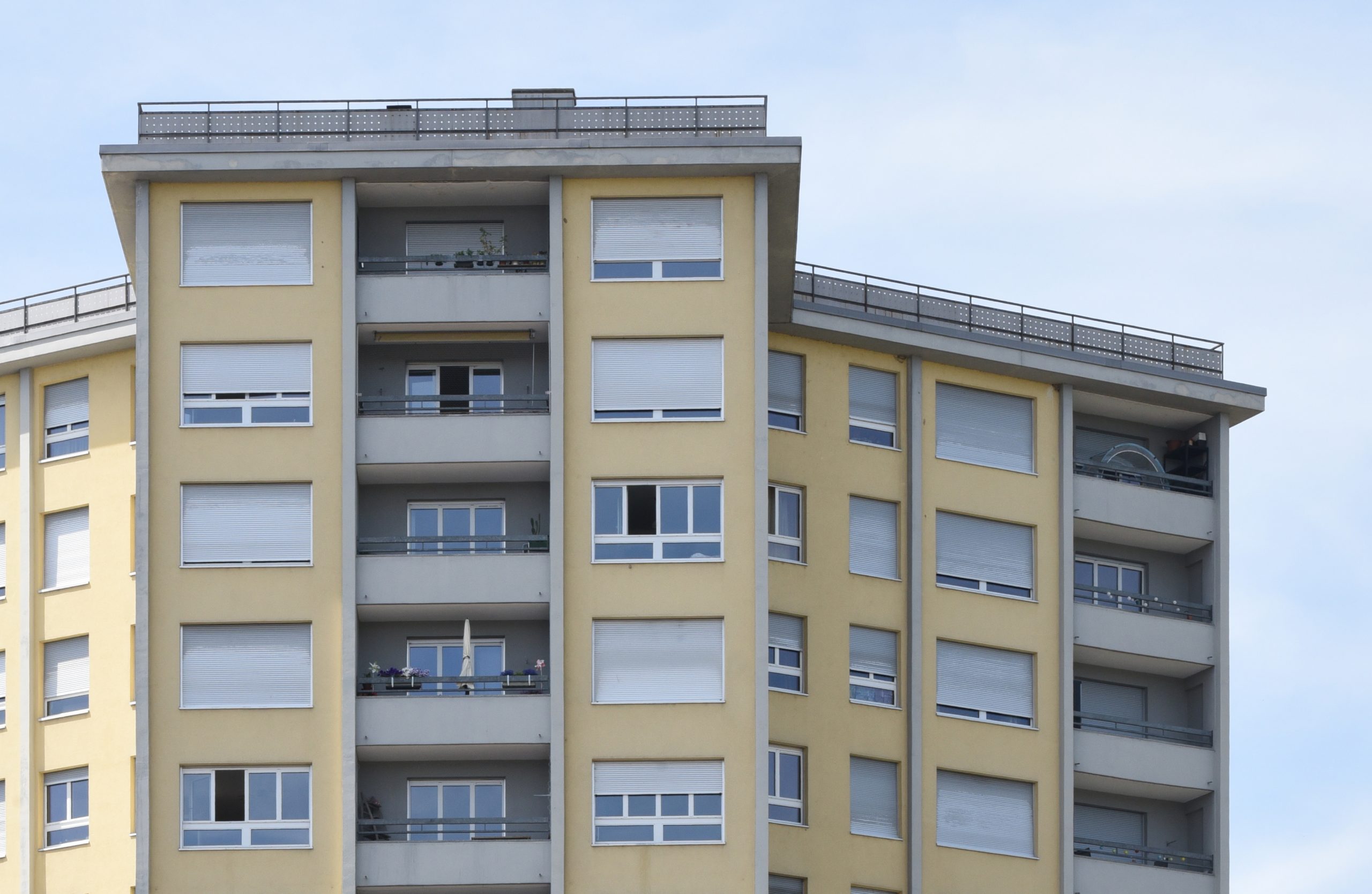
Standardised building assessment
The physical and functional condition of the building is assessed by means of a systematic visual inspection of the structure, without taking soundings. A deterioration code, linked to an intervention code, is assigned to each of the building's structural or technical elements.
To assess the degree of degradation of each of the elements, four standardised states of degradation have been defined. These levels represent the most likely state of physical or functional degradation that can be encountered for the element. They are directly linked to a level of intervention, including the work required to restore the assessed feature to its original condition.
When establishing the diagnosis, the method establishes the following correspondences:
The method describes, in a didactic and standardised way, the deterioration codes and the corresponding work codes for all the diagnostic elements. The expert examines the elements and determines the deterioration code closest to their observed physical and functional state.
These deterioration and work codes may be accompanied by additional work indicating the possibility of improving the standard of the element (improving the thermal performance of the envelope, changing the energy vector, bringing into compliance with SIA 358, EI30 doors, etc.).
State of deterioration :
Intervention level :
Horizon of intervention
The intervention horizon enables the expert to determine the degree of urgency.
- Urgent work or work to be carried out in the short term within five years
- Work to be undertaken in the medium term, between five and ten years
- Long-term planning and maintenance work

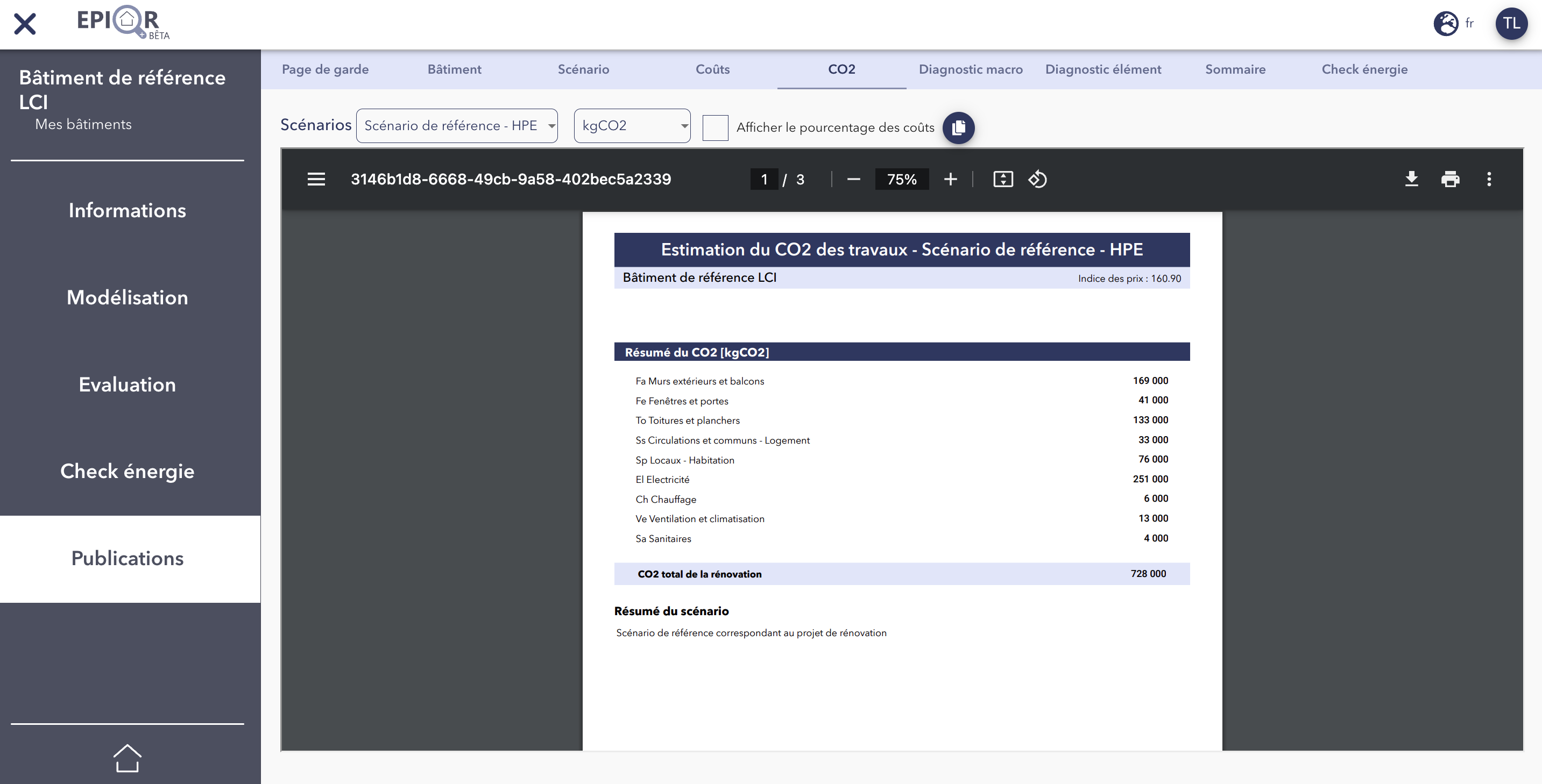
Intervention variants
The interface can compare up to three different intervention strategies, enabling renovation scenarios to be drawn up. Combined with the cost of the works for each of the recommended interventions, the calculation of the indirect carbon footprint induced by these interventions also helps to determine the best strategy to adopt to protect the environment.
